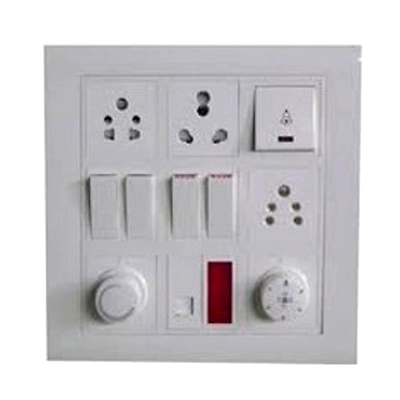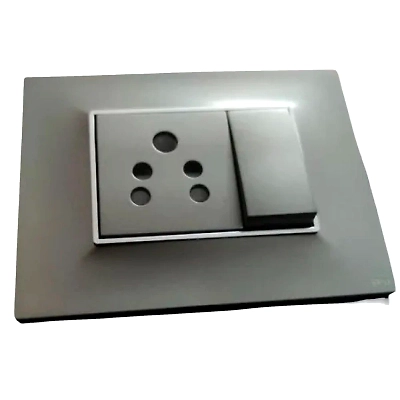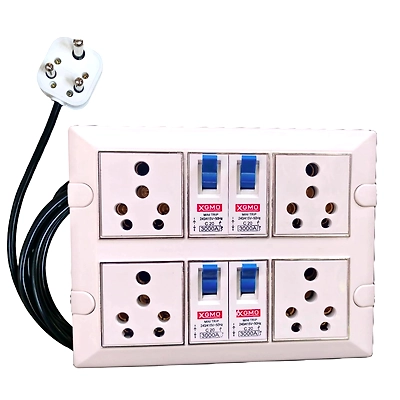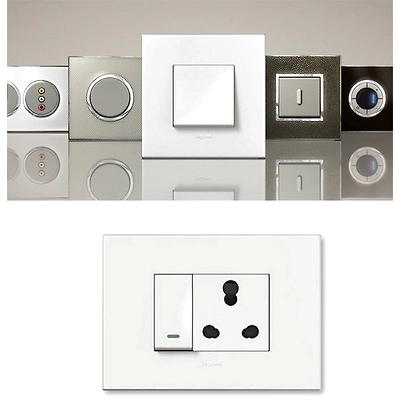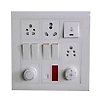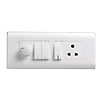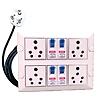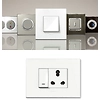electrical switches & sockets
-
Product is not available
Country Of Origin : India
Electrical switches and sockets are fundamental components for controlling and distributing power in electrical systems, with switches interrupting or connecting circuits and sockets providing a point of connection for appliances.
Electrical Switches:
Function:
Switches are binary devices that either open or close an electrical circuit, allowing or preventing the flow of electricity.
Types:
Toggle/Tumbler Switches: Common for controlling lights and other loads.
Push-button Switches: Used for short bursts of electricity, like in doorbells or emergency stops.
Key Lock Switches: Provide enhanced security by requiring a key for operation.
Micro Switches: Used in applications requiring precise control, like fire alarms or door releases.

